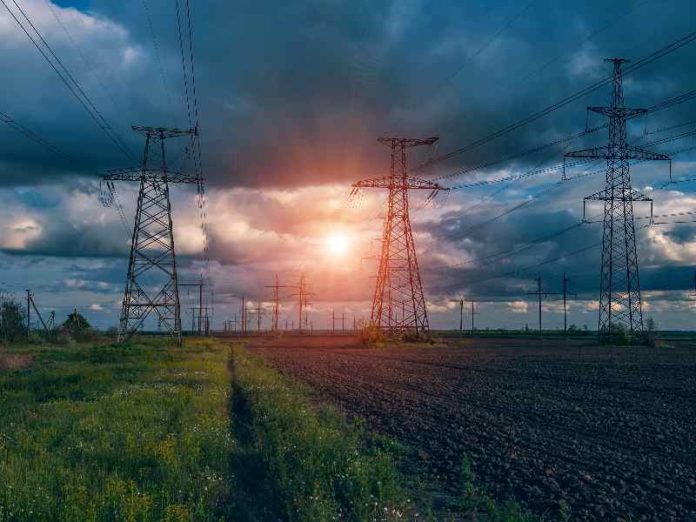
Image: 123rf
Funded by the President’s Bipartisan Infrastructure Law, the Grid Resilience Innovative Partnership (GRIP) programme and the Transmission Facilitation Program together represent the largest single direct federal investment in critical transmission and distribution infrastructure.
It is also touted as one of the first down payments on an over $20 billion investment under the Administration’s Building a Better Grid Initiative.
These federal investments will unlock billions of dollars of state and private sector capital to build transformative projects that increase the reliability of the power grid and modernise it to drive access to affordable, reliable, clean electricity.
“We are moving swiftly to deliver cleaner, cheaper energy to every American community by building a modern and reliable electric grid,” said US Secretary of Energy Jennifer M. Granholm. “With nearly 70% of the nation’s grid more than 25 years old, the President’s agenda is making historic investments that will strengthen the nation’s transmission grid to drive down energy costs, generate good-paying jobs, and help keep the lights on during extreme weather events.”
GRIP Programme
The President’s Bipartisan Infrastructure Law provides $10.5 billion across three programmes that make up the GRIP programme to enhance grid flexibility and improve the resilience of the power system.
The programme will deliver projects centred on:
• Grid Resilience Utility and Industry Grants ($2.5 billion) fund for comprehensive transmission and distribution technology solutions that will mitigate multiple hazards across a region or within a community. This is inclusive of wildfires, floods, hurricanes, extreme heat, extreme cold, storms and any other event that can cause a disruption to the power system. Eligible applicants include electric grid operators, storage operators, generators, transmission owners or operators, distribution providers, and fuel suppliers.
• Smart Grid Grants ($3 billion) to increase the flexibility, efficiency, reliability, and resilience of the electric power system. Particular focus will be on increasing capacity of the transmission system, preventing faults that may lead to wildfires or other system disturbances, integrating renewable energy at the transmission and distribution levels and facilitating integration of increasing numbers of electric vehicles, buildings using electricity to heat and hot water, and other grid-edge devices. The programme is open to domestic entities including institutions of higher education, for-profit entities, non-profit entities, state and local government entities, and tribal nations.
• Grid Innovation Program ($5 billion) provides financial assistance to one or multiple states, Tribes, local governments and public utility commissions to collaborate with electric grid owners and operators to deploy projects that use innovative approaches to transmission, storage and distribution infrastructure to enhance grid resilience and reliability.
The first round of funding announced today for GRIP is $3.8 billion for fiscal years 2022 and 2023.
Concept papers are a required first step in the application process. Concept papers for the Grid Resilience Utility and Industry Grants and Smart Grid Grants are due December 16, 2022. Concept papers for the Grid Innovation Program are due January 13, 2023.
Transmission Facilitation Program
The Transmission Facilitation Program establishes a revolving fund to help overcome the financial hurdles facing large-scale new transmission lines, upgrades of existing transmission lines and, in select states and territories, the establishment of microgrids.
The President’s Bipartisan Infrastructure Law authorises DOE, through the programme, to borrow up to $2.5 billion to assist in the construction of high-capacity transmission lines with an approach that can spur new lines that otherwise would not get built or increase the capacity of already planned lines.
DOE will use capacity contracts to commit to purchasing up to 50% of the maximum capacity of the transmission line. By initially offering capacity contracts to late-stage projects, DOE will aim to increase the confidence of additional investors and customers and reduce the risk of project developers under-building or under-sizing needed transmission capacity projects.
The submission deadline for the first phase is February 1, 2023.